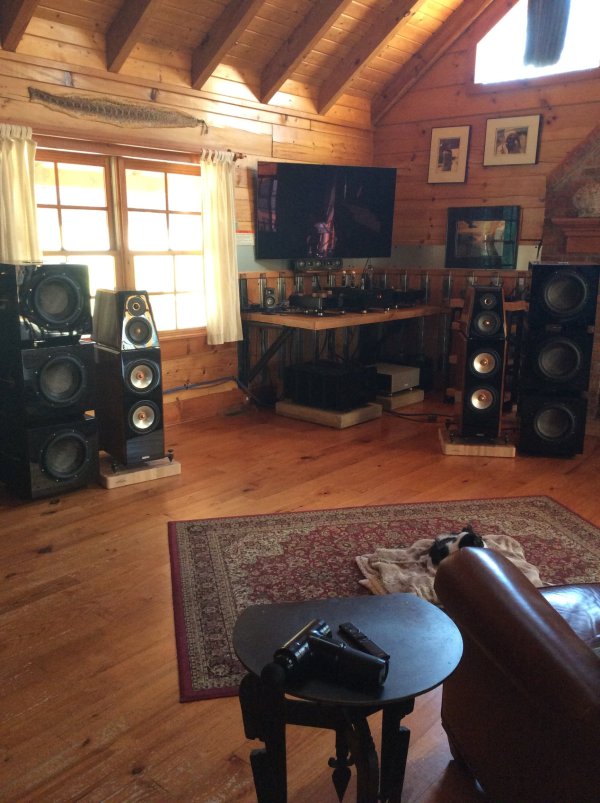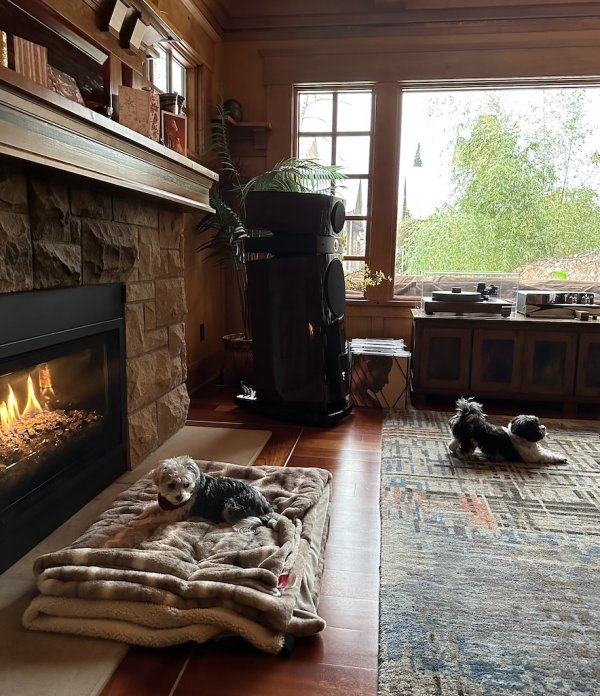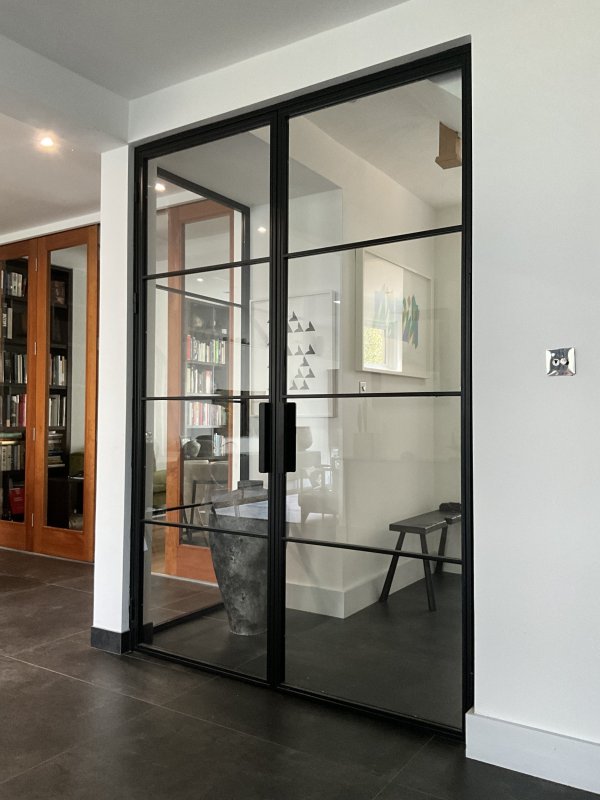22-30 years ago (1995-2003) i had really excellent sound in a regular room.
why did it sound good? it had advantages going in.
1--10.5 feet tall with a stepped ceiling.
2--it was a den with bookcases in the rear, wood paneling, and a bay window. so built in complimentary features. zero painted surfaces except for the ceiling. on the negative side it did have double glass doors and lots of windows.
3.--it was a rambler with a peaked roof above, and suspended wood floor, which i did pour slabs in the crawl space and had support added to the floor to remove the flex under the speakers and my gear. so footfalls were not an issue.
of course, it did have some quite amazing gear too. it likely required 7-8 years in my new dedicated room before it surpassed this old regular room for performance on intimate music. then later the new room has gone quite a ways past this 'regular room'. but still this old room was quite special sounding.....even prior to adding some low level acoustical treatments. it sounded good the first day i listened in it. and prior to moving my gear in, we had a piano in there that sounded good.
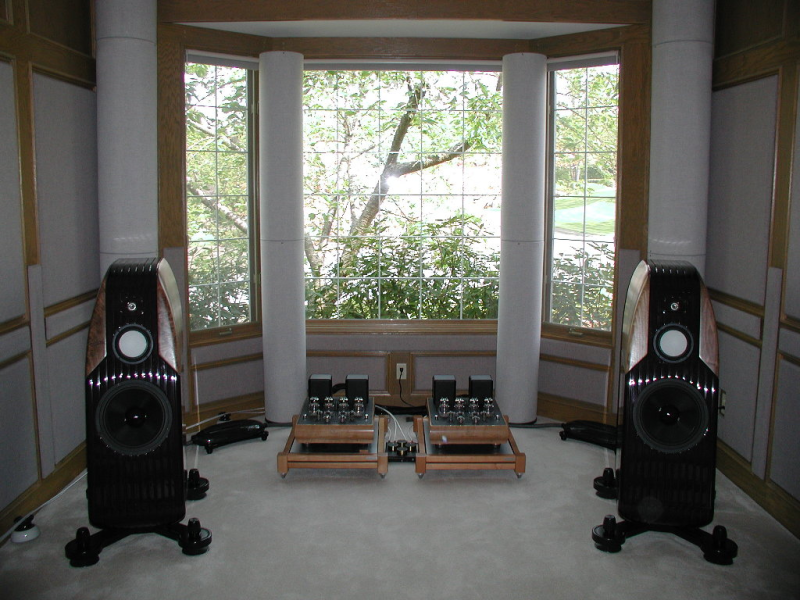
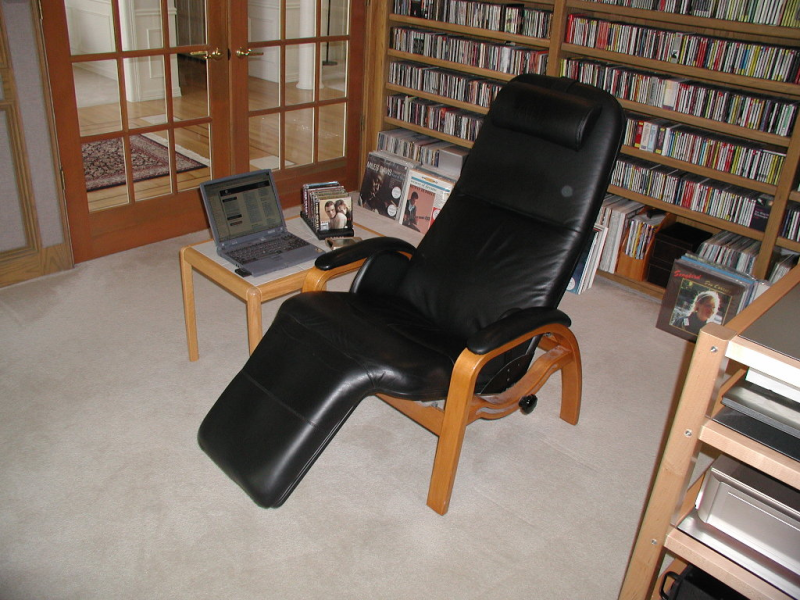
why did it sound good? it had advantages going in.
1--10.5 feet tall with a stepped ceiling.
2--it was a den with bookcases in the rear, wood paneling, and a bay window. so built in complimentary features. zero painted surfaces except for the ceiling. on the negative side it did have double glass doors and lots of windows.
3.--it was a rambler with a peaked roof above, and suspended wood floor, which i did pour slabs in the crawl space and had support added to the floor to remove the flex under the speakers and my gear. so footfalls were not an issue.
of course, it did have some quite amazing gear too. it likely required 7-8 years in my new dedicated room before it surpassed this old regular room for performance on intimate music. then later the new room has gone quite a ways past this 'regular room'. but still this old room was quite special sounding.....even prior to adding some low level acoustical treatments. it sounded good the first day i listened in it. and prior to moving my gear in, we had a piano in there that sounded good.


Last edited:


